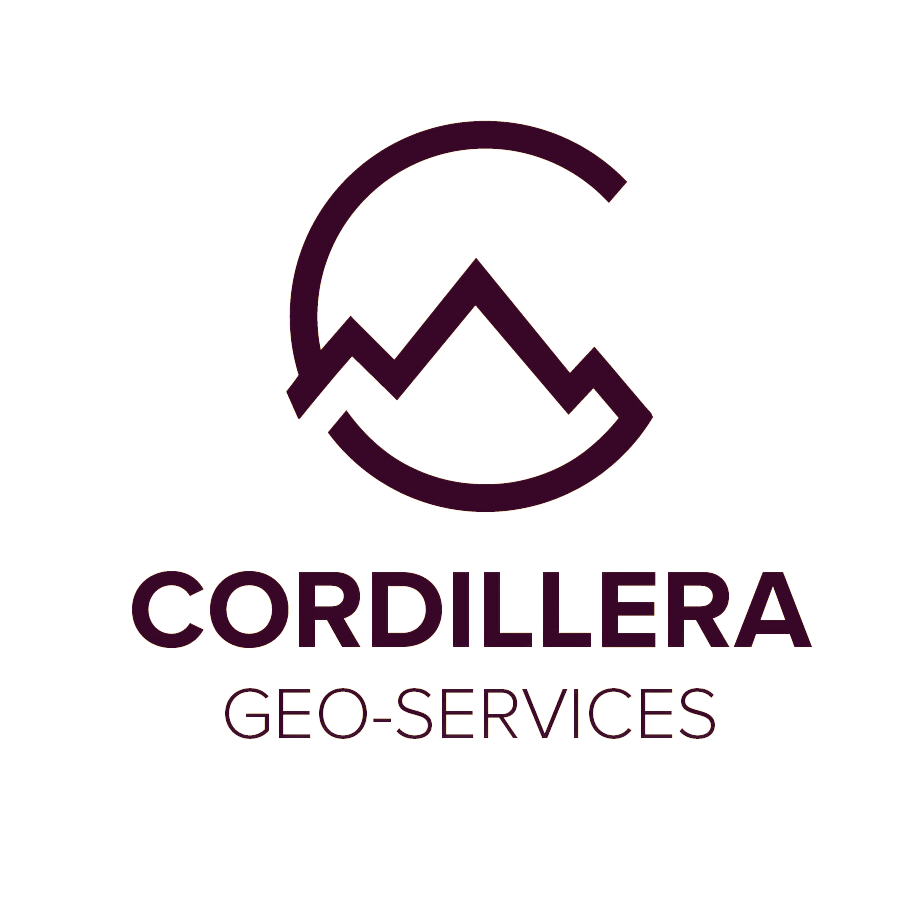Structural geology – a currently underused discipline in the mineral exploration and mining sectors not only influences where valuable mineral deposits are located but also dictates how these deposits are discovered, accessed, developed, and mined safely and efficiently.
The current energy transition phase demands more new mines and the expansion of current mines. Yet, mines need more structural geology. Using structural geology that matters saves on drilling costs, accelerates success rates, and optimizes shareholder value. For mineral discoveries, the best type of structural geology work is done in 3D; 2D is okay, but it is not enough.
In this post, we’ll explore why structural geology is essential—from exploration and drilling to mine design and geotechnical considerations—and how a detailed understanding of faults, fractures, folds, and other geological features shapes exploration and mining strategies.
From Outcrop and Oriented Drillcore Data to Ore Body: Interpreting Structural Levels
Geological structures facilitate mineral and fluid mobility and entrapment. Understanding how structural geological features control mineralization at the deposit scale can efficiently reduce investment risk in mineral exploration and mining. Local geologic exposures provide a window into the structural levels present at various depths. By studying these exposures, geologists can determine whether a deposit or district is structurally intact and upright or if it has been disturbed by faulting, tilting, or folding.
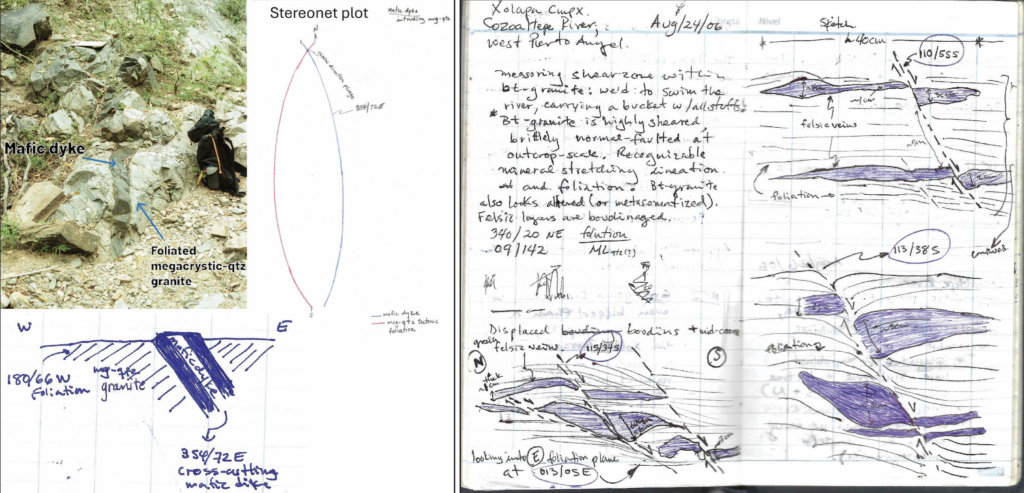
A good acquisition, analysis, and interpretation workflow of surface and drillhole structural data can reveal the correlation between structural features and mineralization processes and use it to predict the location, shape, orientation, and continuity of mineral bodies. This connection is particularly useful for target drilling. The initial assessment is crucial because it yields the following:
- Basic Structural Data (from surface mapping and oriented diamond drillcore): This level of structural geology is a standard procedure in a mineral exploration and mining project; without it, you are wasting resources.
- One objective of traditional field surficial geological mapping is to decipher the structure and structural history of the area studied; it is achieved by measuring and plotting the strike and dip of planar structures (e.g., bedding, faults, fractures, joints, cleavage, veins, dykes, and foliation) and the trend and plunge of linear features (e.g., lineations, slickensides, fold axis).
- Useful structural data can be extracted from oriented diamond drillcores, and the core logger can also measure planar and linear features intersected by the oriented drillcore, which are, in turn, loaded into a 3D modeling software to create a structural model that connects both the measured surface and subsurface structures. The resulting 3D structural model can be used for future drill hole targeting. Oriented diamond drillhole data improves the accuracy and reliability of geological interpretations, resource estimations, and future exploration strategies, ultimately enhancing the efficiency and effectiveness of mineral exploration.
- Drill Hole Orientation: The decision on where and how to drill hinges on understanding the orientation and continuation of structural features at depth. Incorrect alignment may lead to missed ore zones, fault planes, or inaccurate resource estimation.
- Resource Estimation: Recognizing whether the orebody has been dismembered by faults or folds informs the continuity of ore bodies, directly affecting grade interpolation in block models, grade control, metallurgical treatment, and hydrology.
Deposit-scale structural analysis: This is a new technique recently proposed by Jun Cowan (2020). It is a practical interpretation method of structurally analyzing readily available 3D drilling data at the most relevant scale for exploration and mining. This method does not depend on collecting traditional structural data from outcrops or oriented cores, such as the orientation of planar and linear data, but relies on the premise that grade distributions sampled from drilling provide insight into the structural control of the deposit, with the interpretation of structural geometry done using a computer 3D viewer.
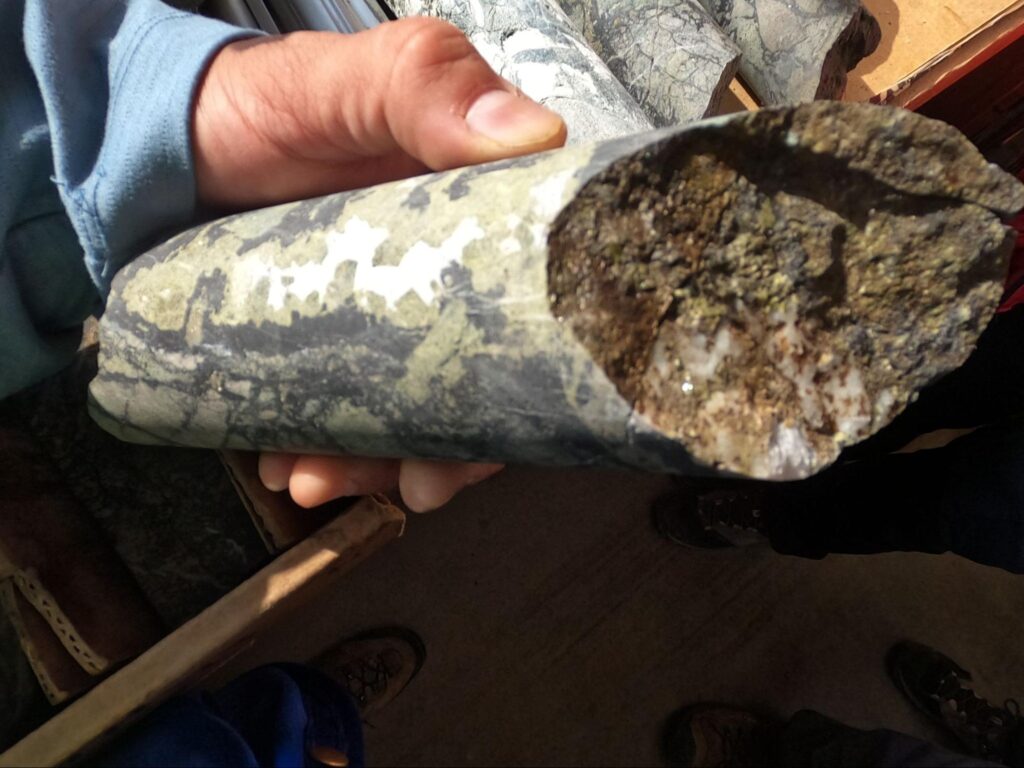
Structural features such as faults, fractures, or folds not only control the distribution of mineralization but also influence the migration pathways of ore-forming fluids. Key considerations include:
- Stratigraphic Versus Structural Controls: In some deposits, mineralization follows stratigraphic layers (e.g., bedding, unconformities, karst), while in others, it’s more closely related to structural features like fold hinges or fault planes.
- Pre- or Syn-Ore Faulting: Determining if faults occurred before or during ore formation can indicate whether they localized mineralizing intrusions or the deposits themselves. These faults commonly are important ore controls.
- Post-Ore Faulting: Even after ore deposition, subsequent faulting can affect the final grade distribution—whether through hypogene or supergene processes—thus impacting both exploration tactics and resource estimation. The dismembering of ore deposits by faulting yields exploration targets. Post-ore faults can be critical ore controls and must be accounted for in mineral resource and ore reserve models. These faults also affect rock mechanics (slope stability, slope design of open-pit mines, and block caving). Mineralized systems with the greatest degree of exposure typically are tilted and dismembered by post-ore normal faults.
- Shortening creates local dismemberment, tilting, and penetrative overprint.
- Strike-slip fault systems can produce long-distance displacement and dismemberment of ore deposits.
Tilted systems provide valuable insight into the genesis of the ore deposit.
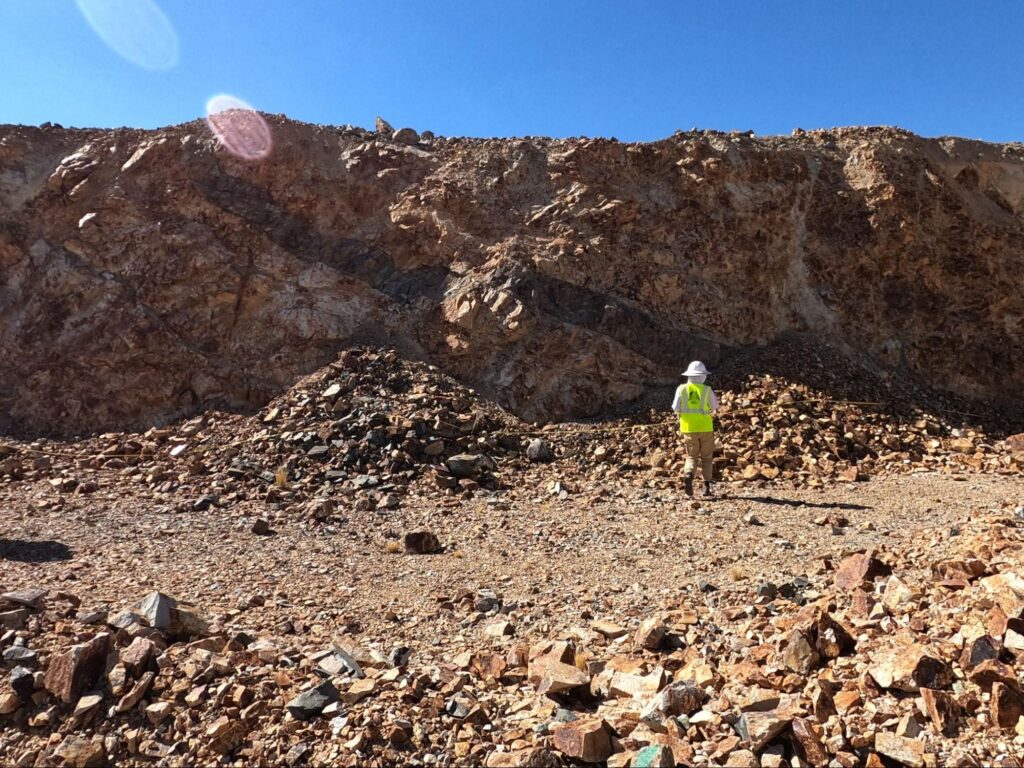
Volcanic terrains often present unique challenges. For example, assessing whether rocks have been tilted by normal faults or are simply displaying original volcanic features can be problematic.
Misinterpreting these structural signals may lead to erroneous drilling decisions; that is, misalignment of drill holes relative to the true structural orientation can result in drilling through non-mineralized zones and misleading geological models.
Without careful differentiation between tectonic tilting and volcanic deformation, the structural model of the deposit may be significantly skewed, affecting both the exploration and development phases.
Mineral deposit models should be built on field data and observations and not rely so much on conceptual thinking principles that lack a physical foundation grounded on field or drilling data, as recently stated by Cowan.
Evolving Systems: Ductile-to-Brittle Transitions and Vein Orientations
Structural geology deals with the recognition and analysis of the geometry, distribution, and formation of geological structures and mineralization in rocks. Magmatic-hydrothermal systems evolve, often transitioning from ductile to brittle conditions. This transition affects stress regimes, which refers to the relative importance of stresses produced by intrusions versus regional tectonics changes over time, influencing the development and orientation of successive generations of veins.
It also affects mineralization patterns. In some systems, early-stage ductile deformation may create broad zones of alteration, whereas later brittle deformation can localize high-grade veins along fault segments or fold hinges.
Recognizing these evolving conditions is critical for developing a dynamic exploration strategy that accommodates shifting controls on mineralization.
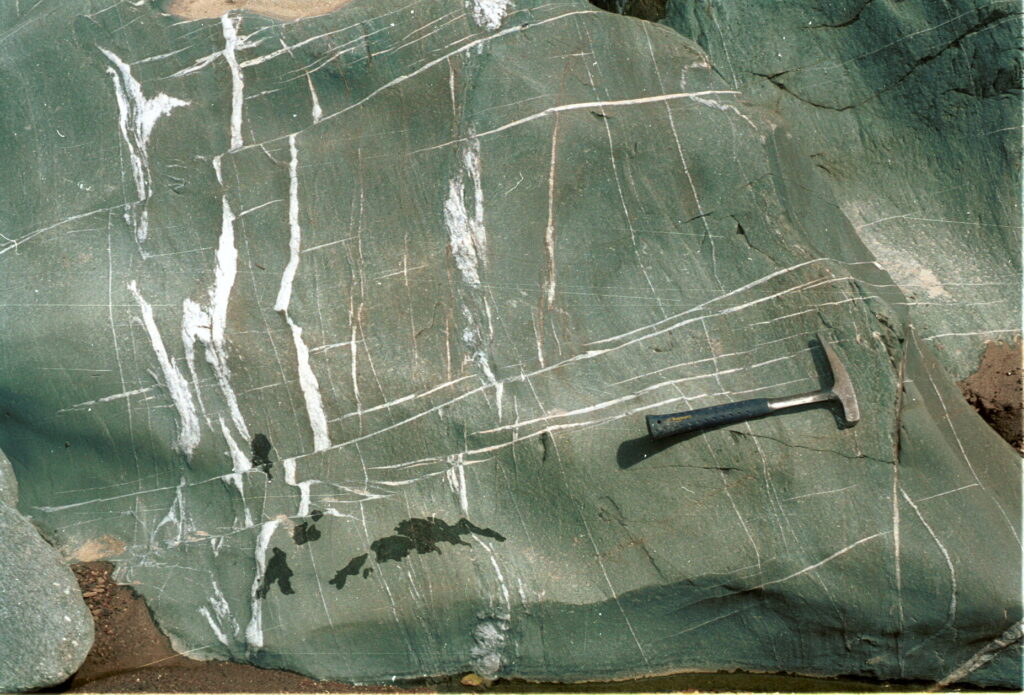
Integrating Structural Data into Mine Design and Geotechnical Considerations
Structural geology plays a pivotal role in designing open-pit mines, selective underground operations, and block cave mines. For example, fractures can have a significant effect on the stability of walls in an open-pit operation. A large-scale, conjugate fracture set (weakness zones) can create a large rock wedge that can slide when mining has proceeded to a significant depth to release the rock block. The wedge failure can be anticipated via the measurements of the mine wall movements. A major rock slide in an open-pit mine has significant risk and financial implications for the future. Therefore, a fuller understanding of the structural geology of the site can possibly help re-design the open-pit geometry to mitigate or avoid future rock failure events. Key aspects include:
- Critical Faults: While some faults may be ignorable for grade interpolation, they are critical in geotechnical designs. Understanding these faults is essential to avoiding wall instability during open-pit or underground mining operations and mine flooding.
- Measurement Techniques: Collecting accurate structural measurements—such as strike and dip and trend and plunge of planar and linear features—is vital. Techniques vary from traditional mapping and orienting drillcore to using modern digital tools (drone photography, photographs of drillcore samples, or downhole probes) and remote sensing, each with its own advantages and limitations.
- Data Visualization: How data is collected, analyzed, and displayed (e.g., cross-sections, balance cross-sections, columnar sections, 2D maps, block diagrams, and 3D models) can significantly influence the interpretation of the structural framework and, consequently, the reserve estimate and the mining strategy.
Structural geology isn’t just an academic exercise in mineral exploration and mining projects—it’s a practical necessity that influences every stage of the operation. From planning target drilling and resource estimation to ensuring the geotechnical safety of mining methods, a deep understanding of the structural framework is essential. As geological exploration environments become deeper and more complex, integrating robust structural interpretations with modern data collection and modeling techniques becomes increasingly critical for minimizing risk and maximizing resource recovery.
By continually questioning, testing, and refining multiple working hypotheses about the structural geology of an ore deposit or district, exploration teams can better predict where to find valuable minerals and design mines that are both efficient and safe. When a sufficient amount of structural data is part of a geological model, the model can be used to design a geophysical survey campaign better or even be used as a priori model for the inversion stage. In an industry where uncertainty can lead to costly errors, the importance of structural geology simply cannot be overstated.
Interested in learning more about how structural geology informs mining strategies? Stay tuned for our upcoming posts on ore deposit mapping and ore deposit types.
